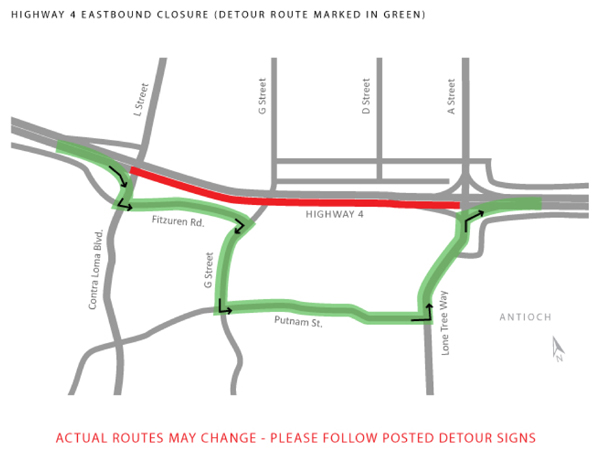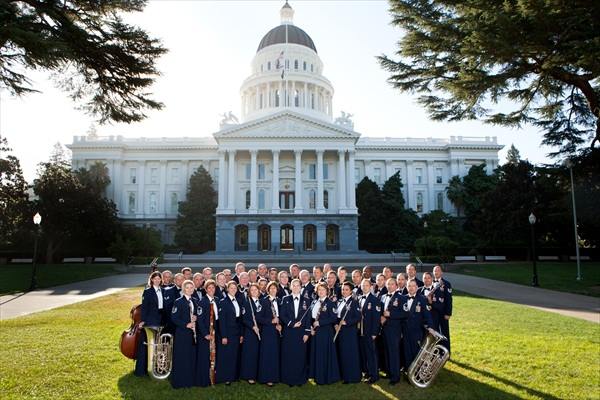Black History Month Special
By Jeff Belle
Frederick Augustus Washington Bailey, better known as Frederick Douglas, was born in slavery. The exact year of his birth was not known. However, in 1841, he changed his name to Frederick Douglas. He was such an impressive orator that many people doubted that he had ever been a slave.
On the other side of the Atlantic, some 100 years before Frederick Douglas, the transatlantic slave trade was well in place. In fact, transatlantic slave trade vessels had carried over 12 million enslaved Africans from their motherland to various regions of the world. The nine routes that were commonly used by these voyages were challenging and under extremely harsh conditions. The rough seas, tight quarters, and long journeys (55 to 114 days) made experienced crew members uncomfortable and afraid.
Many of the enslaved Africans arrived to Western Europe, United States, and the West Indies alive, but in poor physical and mental health. You see, on a typical voyage there were 300-3,000 enslaved African men, women and children all crowded in hot and humid in despicable filth. For example, males were put in six feet long by 14 inches spaces. Each was chained from ankle to wrist and given a bucket for excrements. These horrible sanitary conditions and torture lead many to attempt throwing themselves overboard. On many accounts, suicide occurred almost daily.
There are many causes of mortality with the transatlantic slave trade. From a public health perspective, environmental, political, and social injustice were the culprits. Nonetheless, insect-borne fever (typhus, malaria, diarrhea) were more prevalent among enslaved Africans during the middle passage of the journey. Small pox, measles, scurvy, yaws, and African Sleeping sickness were responsible for nearly 51.9% of deaths during this period of the journey. Also, violence, food and water shortages, and suicide contributed (34.8%) to their horrific deaths, especially during the pre-boarding phase and the post-arrival phase.
It wasn’t until 1781 when the British parliament enacted legislation requiring all British slave ships to carry an experienced surgeon. As a matter of fact, there were incentives for surgeons and ship captains that arrived in America with low (2%-5%) mortality rates. Cash incentives were given to captains and surgeons with ships which had a mortality rate below 2%. This legislation ultimately led to a reduction in the number of enslaved Africans carried on slave vessels.
In 1819 (about the estimated year of Mr. Douglas’s birth), the U.S.A. and Britain pass legislation and regulations requiring medical care on all slave ships; surgeons to keep and attest to accuracy of records; food and provisions for all enslaved Africans; and limiting the caring capacity of all slave ships.
William Wilberforce, a member of British parliament led the fight against slave trade and ultimately won its abolition in Britain in 1836. Ironically, Frederick Douglas had just begun the fight to end slavery in the United States. It would take a civil war, a courageous president, and another 30 years of social injustice and over 100,000 deaths to calm the troubled seas of the transatlantic slave trade.
References:
Haines, R. McDonald, J. & Sholowitz, R. (2001). Mortality and Voyage length in the Middle Passage Revisited Exploration in Economic History, vol 37(4), p. 503-533.
Klien, H. S. & Engerman, S.L. (1997), Long-Term Trends in African Mortality during the Transatlantic Slave Trade, p.36-48.
William and Mary Quarterly, 3rd series, Vol I. VIII, No. 1, January 2001, pg. 93-118.
Jeff Belle is a graduate student and does extensive research and lectures in public policy and health care issues. He lives in Antioch.

























